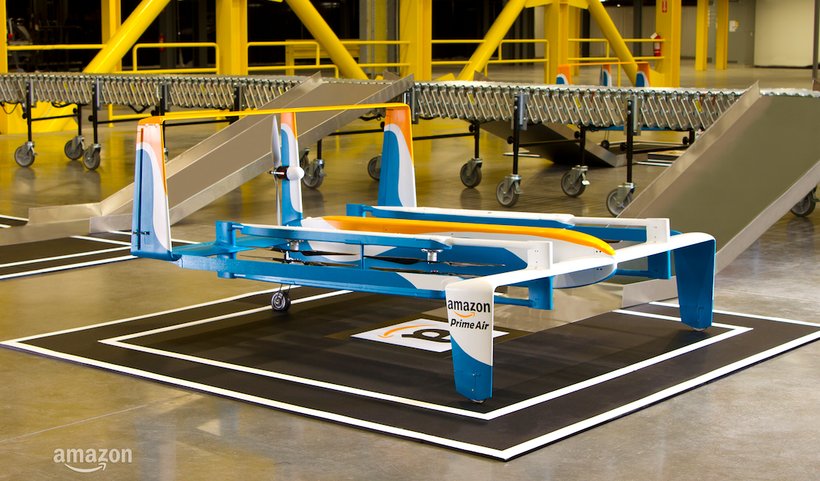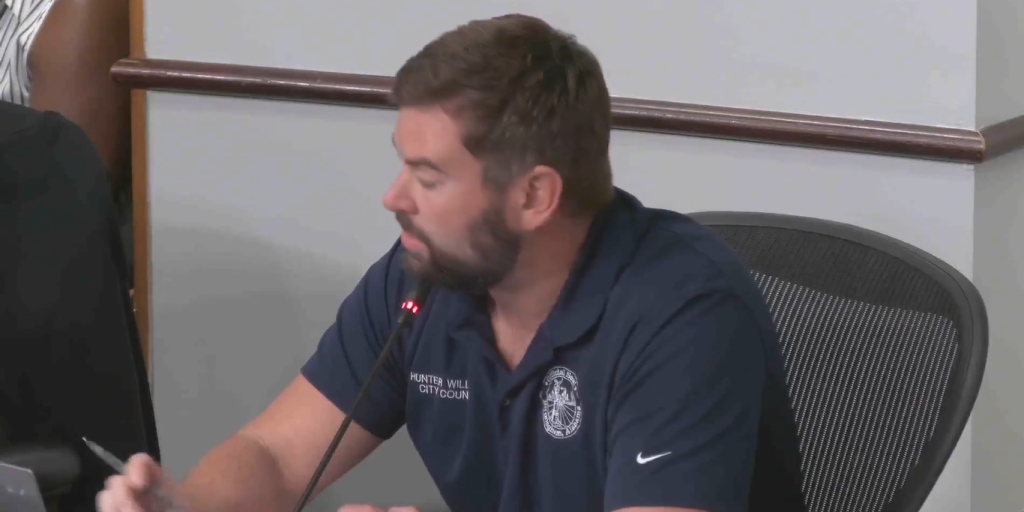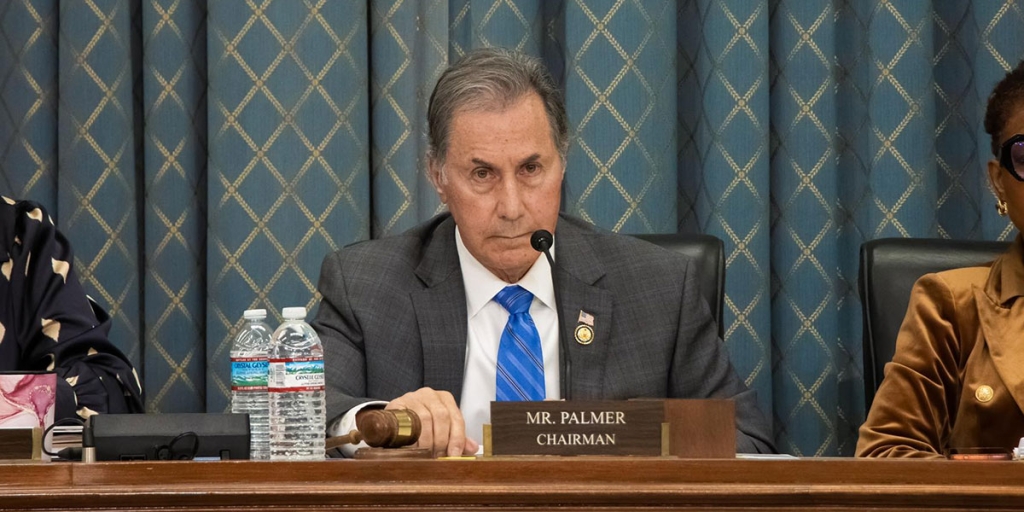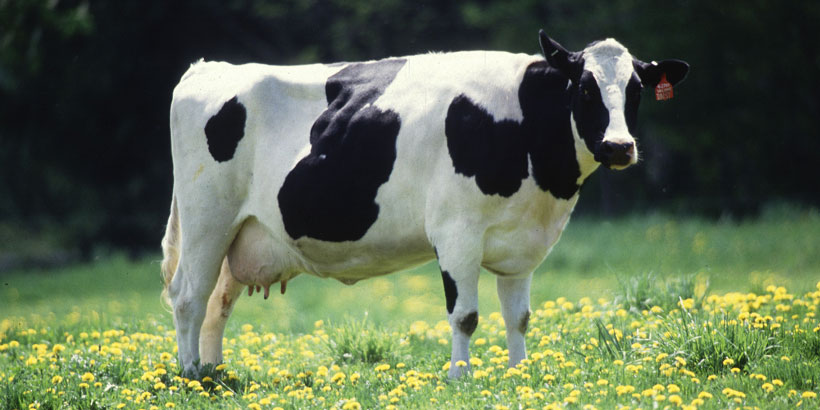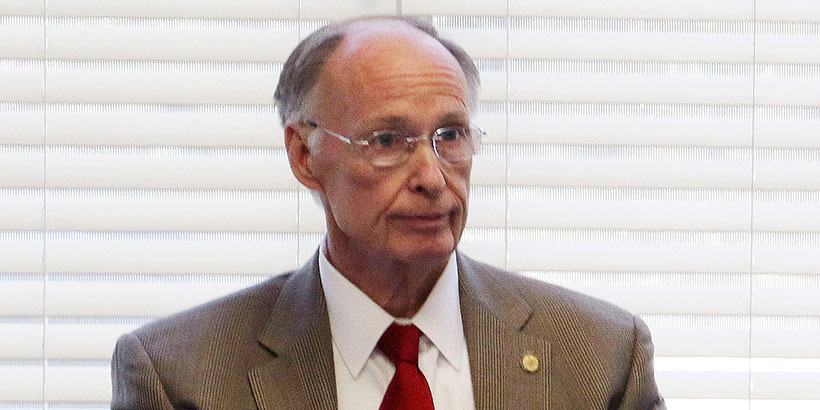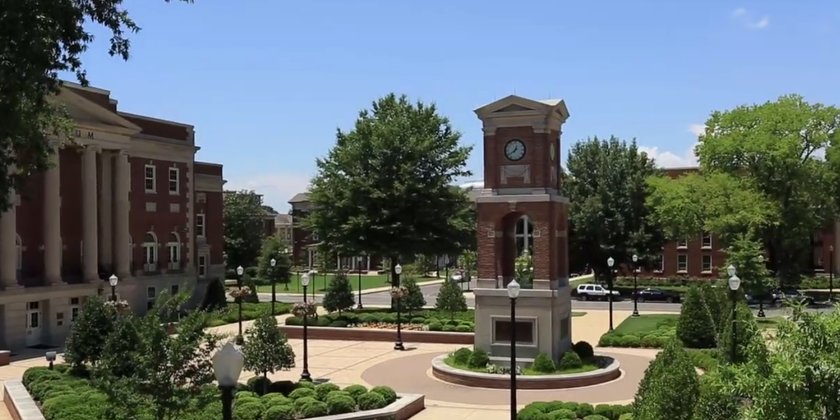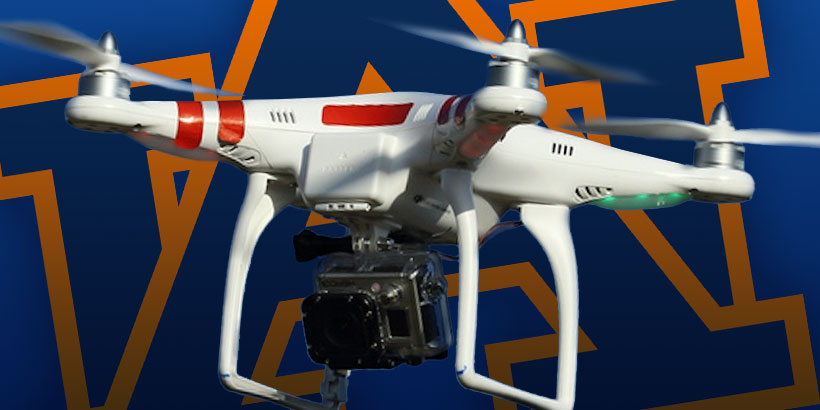(Video above: “Science fiction no more.” Jeremy Clarkson explains Amazon Prime Air)
Amazon, the world’s largest retailer, raised some eyebrows earlier this week when it released a video declaring its drone delivery service “science fiction no more.”
“We’re excited about Prime Air — a future delivery system from Amazon designed to safely get packages to customers in 30 minutes or less using small unmanned aerial vehicles, also called drones,” the company explained. “Prime Air has great potential to enhance the services we already provide to millions of customers by providing rapid parcel delivery that will also increase the overall safety and efficiency of the transportation system. Putting Prime Air into service will take some time, but we will deploy when we have the regulatory support needed to realize our vision.”
In other words, drone delivery technology is pretty much ready to go, but government regulators are playing catchup.
The realization that drone package delivery is no longer just a distant possibility sparks both excitement and anxiety. Privacy advocates have raised obvious concerns. A Kentucky man was arrested earlier this year for shooting down a drone hovering over his property. But the benefits and convenience of drone delivery, once fully considered, are undeniable as well.
Alabama has taken steps to position itself as a possible leader in the drone revolution. There are still some barriers to drone delivery becoming a reality, much less a common occurrence, but the sight and sound unmanned aerial vehicles buzzing through the skies is probably going to happen faster than many Alabamians expect.
HOW WILL IT WORK?
Amazon already has fulfillment centers (i.e. giant warehouses) located within 20 miles of 31 percent of the nation’s population, so as soon as the government puts a regulatory structure in place, a big chunk of Americans will immediately be well within range of Prime Air delivery.
This lightning-fast system — as fast as 30 minutes from the moment Amazon receives the order — will make delivery of even perishable items possible to a large swatch of the country.
Alabama does not currently have an Amazon fulfillment center, but they already exist in three neighboring states (Florida, Georgia and Tennessee). With Amazon rapidly expanding its physical infrastructure, it is only a matter of time before the company comes to the Yellowhammer State and drones are buzzing across the Birmingham skyline.
Amazon and other companies (e.g. Google) in the process of developing drone delivery capabilities view the sky similar to a layer cake, with certain altitudes carved out for different types of flight.
Delivery drones would fly between 200 and 400 feet, manned aircraft like helicopters would be required to stay above 500 feet, and so on.
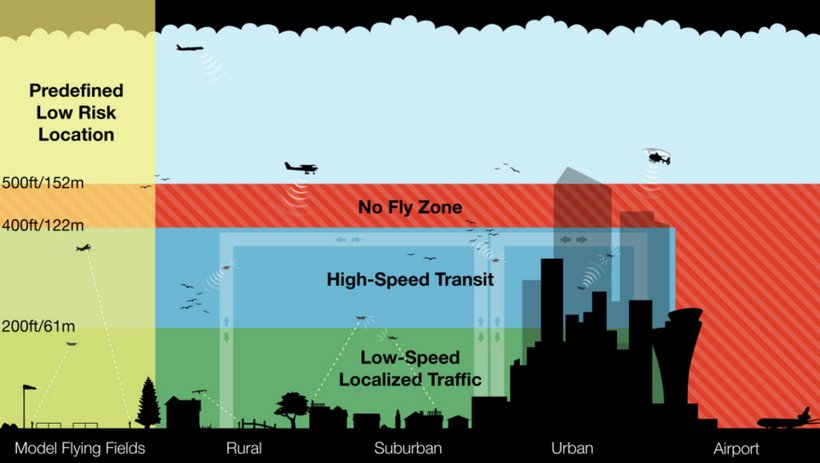
One issue with this system, however, is that it assumes the federal government is essentially going to seize control of all the air space over private property. Legal challenges would undoubtedly emerge, especially considering the U.S. Supreme Court in 1946 essentially agreed with historic common law that private property owners control their property “from the depths to the heavens.” And in Alabama, it is not hard to imagine drones serving as target practice at one point or another.
Another concern is that drones could run into each other, buildings or people. Landing has proven to be a challenge for drones, especially in inclement weather, but the technology already exists to nearly eliminate these issues as a major concern.
“Prime Air vehicles will take advantage of sophisticated ‘sense and avoid’ technology, as well as a high degree of automation, to safely operate beyond the line of sight to distances of 10 miles or more,” Amazon explained this week. “Safety is our top priority. Our vehicles will be built with multiple redundancies… (But) we will not launch Prime Air until we are able to demonstrate safe operations.”
Amazon presented its vision for delivery by drone earlier this year at NASA’s Unmanned Aerial Systems Traffic Management (UTM) Convention. And NASA has been working on completing an air-traffic control system for drones since 2013.
THE UPSIDE
The downside of drones — including privacy concerns, noise pollution and safety issues — are well documented. But the upside to their proliferation could be significant.
America’s population is expected to jump by 70 million over the next thirty years, to 390 million residents. The U.S. Department of Transportation expects freight volume to grow by 45 percent, to 29 billion tons per year, over that same time period. America’s transportation infrastructure is already crumbling and trucks, which currently carry roughly 70 percent of American freight, are not going to be able to keep up with the increase in volume. According to Wired, trucks already waste $27 billion per year being stuck in traffic.
“The stress on our freight system is increasing,” US Secretary of Transportation Anthony Foxx told Wired earlier this year. “We have to look at other ways to move,” including “the potential commercial uses of drones as a reliever of the surface transportation system.”
DRONES’ POTENTIAL IMPACT ON ALABAMA
Alabama has already taken small steps to position itself at the forefront of the drone revolution.
Auburn University launched the nation’s first FAA-authorized drone flight school.
This time last year, Alabama Gov. Robert Bentley also announced the creation of the Alabama Drone Task Force. The task force was created to review the necessary requirements to further Alabama’s potential use of drones in the areas of agriculture, conservation and law enforcement.
The implications for Alabama agriculture — the state’s largest industry — are huge.
“Unmanned aerial vehicles (UAVs), or drones, have the potential to help farmers better manage crops and livestock,” said Alabama Farmers Federation President Jimmy Parnell. “We appreciate the governor’s proactive efforts to explore how we can best use this technology while protecting private property rights.”
The Alabama Drone Task Force is chaired by Commissioner of Agriculture and Industries John McMillan and includes Alabama Department of Transportation Director John Cooper, Department of Conservation and Natural Resources Director Gunter Guy, Alabama Law Enforcement Agency Secretary Spencer Collier and Montgomery Airport Authority Board Member Jimmy Reynolds.
In a release, Bentley said, “I believe drone use can benefit the state now and for generations to come, because drones offer many advantages to help our farmers and law enforcement agencies be successful.”
Agricultural researchers have worked with Alabama farmers to demonstrate how drones can be paired with video cameras and sophisticated mapping software to provide producers better information about irrigation, soil conditions, plant health, animal care and pest management.
“The thing about a UAV is that it gives you a whole new perspective when we talk about agriculture,” said John Fulton, former Alabama Farmers Federation professor in the Department of Biosystems Engineering at Auburn University. “There’s a tremendous amount of opportunity to collect data or images, check cows or go out after a rain to see where water is standing.”
But in addition to UAV’s potential impact on Alabama’s massive agriculture industry, the state has a unique opportunity to position itself at the forefront of the inevitable evolution in the way drones impact our everyday lives.
With Amazon and other companies racing toward the future of drone package delivery, Alabama leaders would be smart to stay ahead of the curve.
Package delivery by flying drone is coming to Alabama faster than you think https://t.co/0ZS8cPCjFs pic.twitter.com/ATGaZRJUEJ
— Yellowhammer (@yhn) December 2, 2015




